Foot loom weaving in Guatemala: Tradition in the country
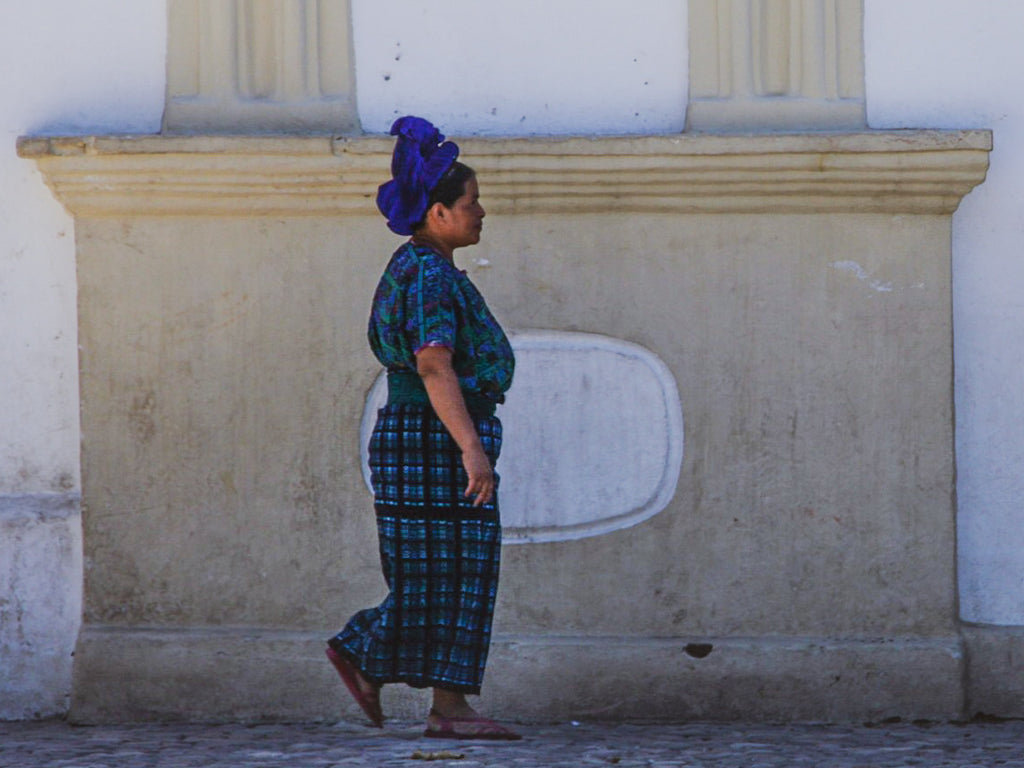
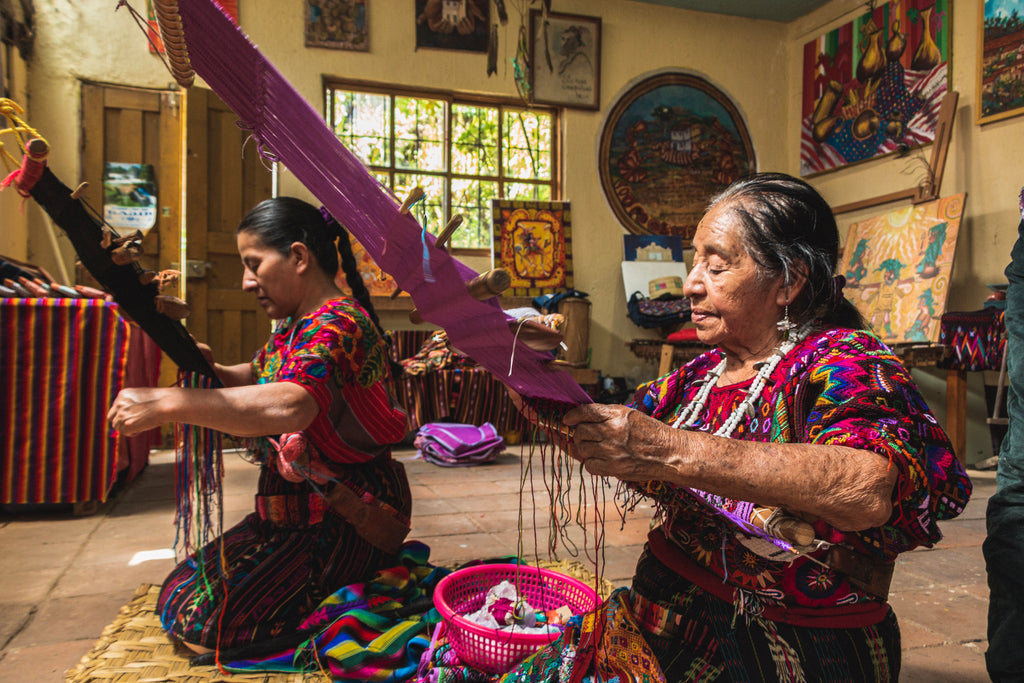
The technology doesn't look difficult at first, but it requires experience and ability. It is not for nothing that there are courses in which one can learn what indigenous women do every day. It is clear that weaving is a real art that should be valued even more. Especially when it comes to incorporating patterns and motifs into textiles that have been used for centuries. Colors and shapes play an important role in the textiles of indigenous women. As a result, each product tells a story about the origin of the weaver and the environment in which the textiles are made.
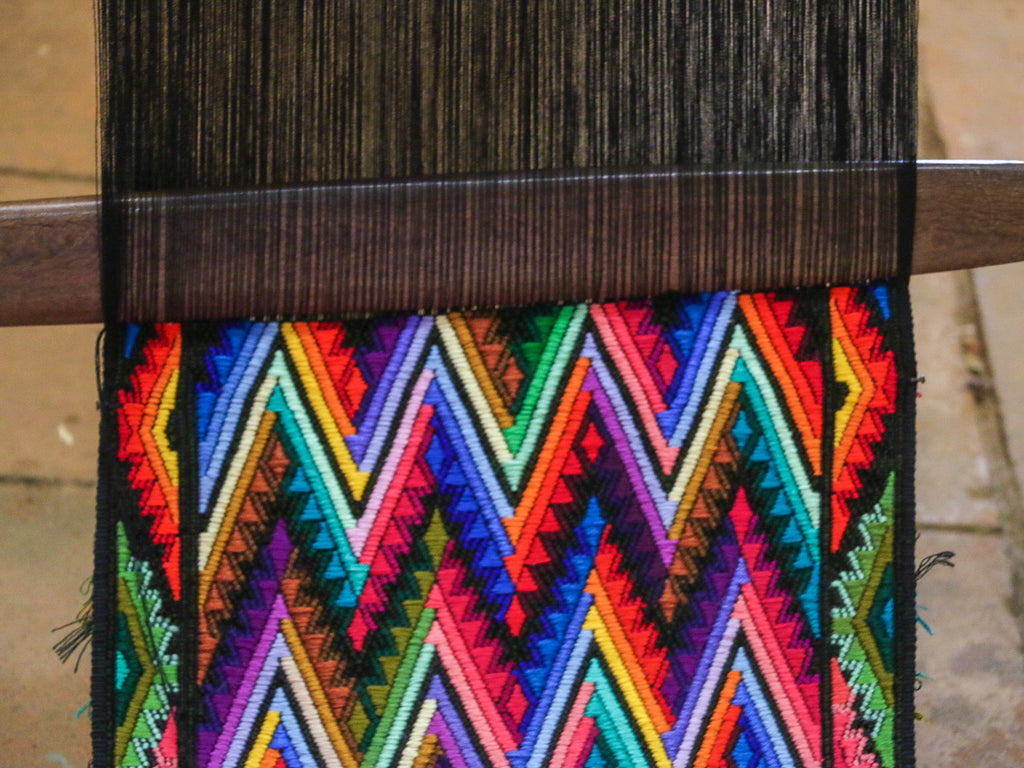
First, the threads are woven by hand to the textiles and then embroidered. There is a front just like a back on the textiles. It should also be noted that a Huipil usually consists of several pieces that are then joined together by heavy embroidery. Foot loom textile weaving is the basis for all colorful textiles from Guatemala that are woven by hand and not machine-made. The exact procedure differs from product to product, even if the shape of the weaving is always the same. The symbols used are repeated again and again.
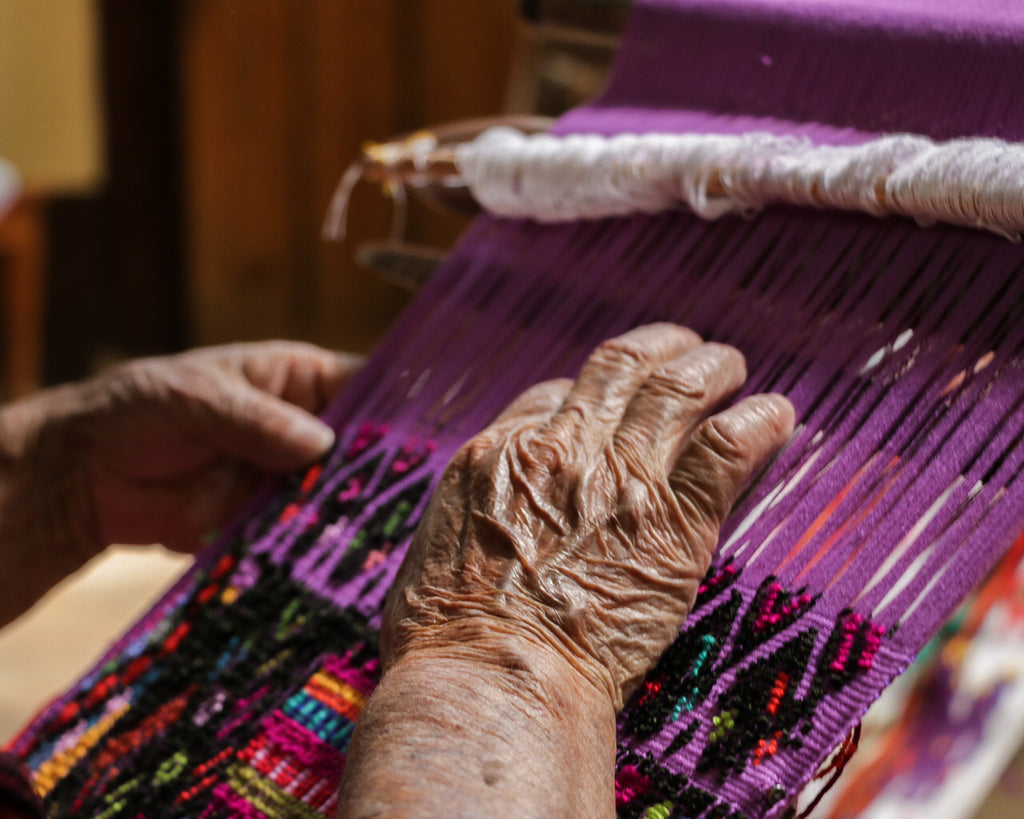
Creative Art: Handwoven products from Guatemala
There are probably no limits to the colors, shapes, and options when it comes to hand-woven textiles. For indigenous women in Guatemala, weaving is part of everyday life and is passed on from mother to daughter at an early age. In a few cases, men also master this art and can produce textiles. Usually, however, this is a domain reserved for women, at least in Guatemala. Woven bags, scarves, items of clothing up to purses or belts can be found and show that there are no limits to the possibilities.
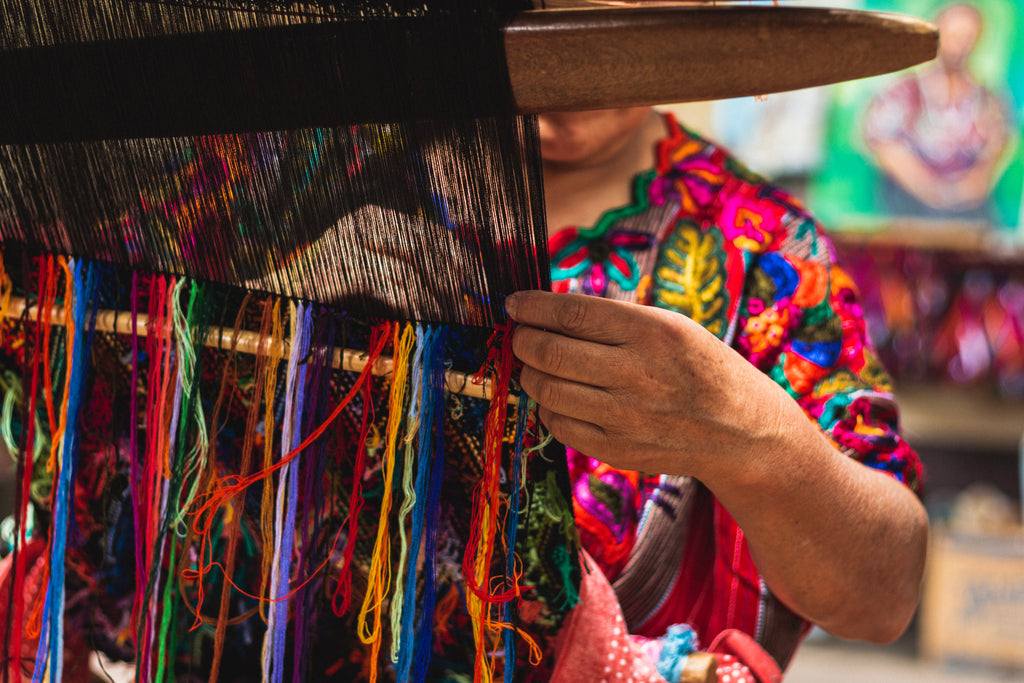
The special features of these textiles certainly include high-quality products that are used to weave them. The colors are still bright even after many years and the lifespan cannot be compared with chemically manufactured textiles. In addition, the handcraft of the weaving women ensures that no two products will look exactly the same. Every single piece of textiles is woven by hand and is only embroidered afterward. This also explains why the lifespan of the individual pieces should better be so long.
After all, the indigenous women spend many hours on every single product that is woven by hand. It should be noted here that there are very classic, simple patterns just like certain symbols for textiles that come from the world of the Maya. It is therefore always worthwhile to take a closer look at the textiles and pay attention to the many small details.



Leave a comment